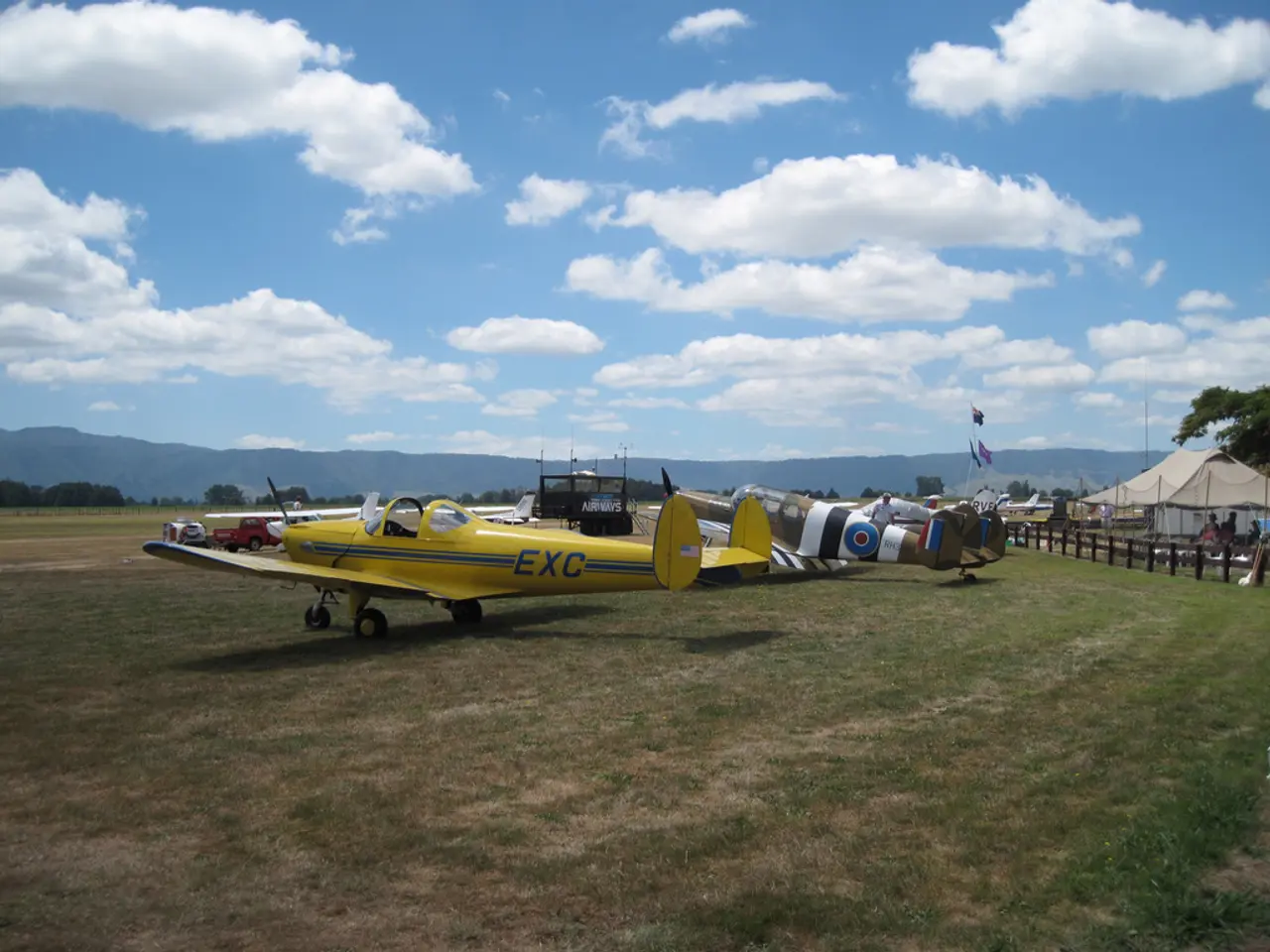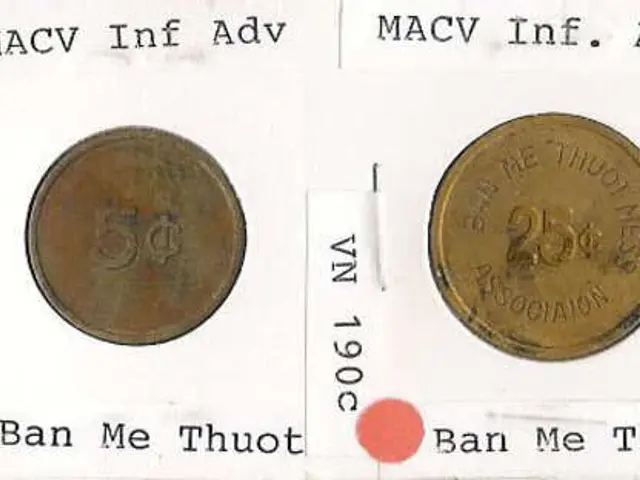FAA Issues Strategies for Overriding Drone Legislative Controls
In the realm of Unmanned Aircraft Systems (UAS), or drones, a key concept governing regulations is federal preemption. This rule grants the Federal Aviation Administration (FAA) primary authority over national airspace and drone operations, limiting the ability of states, cities, or municipalities to enact conflicting or additional drone rules.
Key points on federal preemption and conflicts with state/local laws include:
- The FAA regulates all drone flight operations nationally, including registration, pilot certification (Part 107), operational limits, and airspace use. These regulations apply uniformly across the U.S.
- Federal law preempts state or local drone regulations that directly conflict with FAA rules. For example, if a local law attempts to impose operational requirements that contradict FAA flight rules, it will likely be invalidated.
- States have enacted drone laws addressing issues like privacy, law enforcement use, and hunting interference. Some states have preemption clauses that restrict local governments from regulating drones, leaving state-level laws as the primary additional regulations beyond federal rules.
- However, some states with large home-rule cities exempt those municipalities from state drone preemption. For instance, Illinois preempts drone laws statewide except in Chicago, which can enact its own comprehensive drone ordinance that goes beyond federal and state rules.
- Conflicts often arise when localities try to impose stricter privacy rules, no-fly zones, or operational restrictions that differ from or add onto FAA regulations.
In summary, federal preemption generally centralizes control of drone operations with the FAA over navigable airspace, but states can pass complementary laws on privacy and local matters if they don’t interfere with FAA safety and operational rules. Local governments’ authority varies by state depending on preemption statutes, with some allowed to adopt stricter drone laws, while others are largely preempted from additional regulation.
This patchwork creates ongoing tensions and potential conflicts between federal uniformity and local policy goals, especially regarding privacy and land use. It is essential for all stakeholders to understand these preemption rules to navigate the complex regulatory landscape of UAS operations.
It is important to note that laws concerning harassment, voyeurism, privacy, trespass on property, reckless endangerment, criminal mischief, transfer or delivery of controlled substances, interference with emergency or medical services, wildlife protection, and using UAS for hunting or fishing are typically enforced and not preempted. Policies concerning where a UAS operator can be located while conducting operations are also not typically subject to federal preemption.
UAS are classified as aircraft, and preemption rules apply to UAS regulations. The FAA has the authority to regulate areas of airspace use, management, and efficiency; air traffic control; safety; navigation facilities; and aircraft noise at its source. The FAA continues to conduct outreach efforts to Federal, state, and local law enforcement agencies on the enforcement of UAS regulations and has established the Law Enforcement Assistance Program (LEAP) to provide a resource for aviation-related education to law enforcement agencies.
The Department of Defense, Energy, Justice, and Homeland Security have limited authority to regulate UAS operations in certain scenarios. Meanwhile, no other entities, including state, local, tribal, territorial, and private sector entities, have statutory authority to regulate UAS operations. The FAA requires a means for remote identification of UAS and the development of a UAS traffic management system.
In conclusion, while federal preemption plays a crucial role in governing UAS operations, states and localities can still enact regulations that complement federal rules, provided they do not conflict with FAA safety and operational requirements. Understanding these nuances is vital for stakeholders navigating the regulatory landscape of UAS operations.
- The FAA regulations, which apply nationally to drone flight operations including drone technology, preempt state or local drone regulations that directly conflict with them.
- States have enacted drone laws that address issues like privacy, law enforcement use, and hunting interference, with some preemption clauses restricting local governments from regulating drones, leaving state-level laws as the primary additional regulations beyond federal rules.




